(extension ladders)
When working on a ladder, never step/stand on the ____ rung.
Top 1926.1053(b)(13) Never stand on the top rung, nor the top platform - you don't have enough balance and won't be able to catch yourself if you begin to fall.
Extra Heavy Duty, type 1A metal or plastic ladders, are designed to withstand ______ times their max intended load.
3.3
1926.1053(a)(1)(i)
Rails must extend ___' above an upper landing
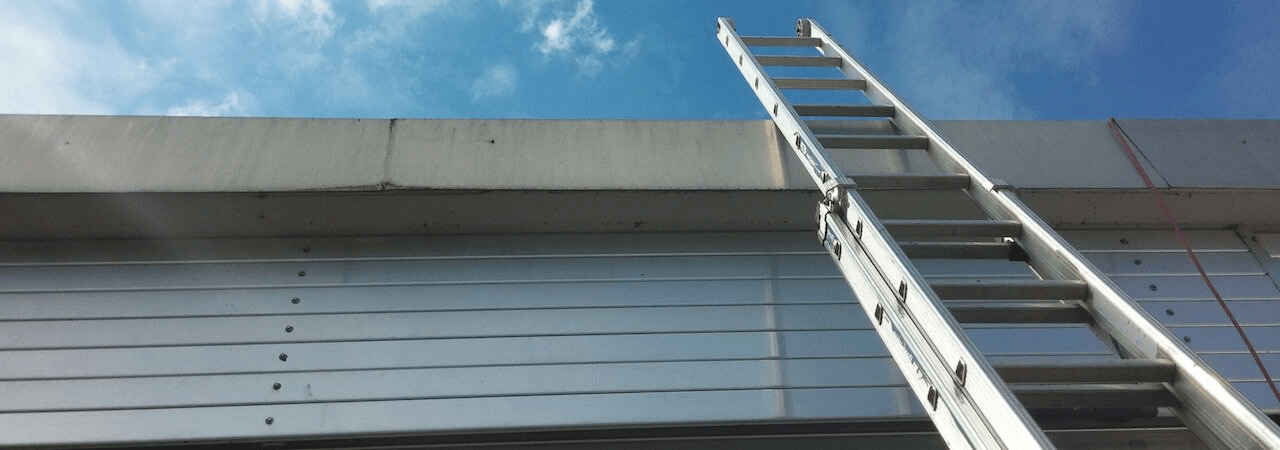
3' 1926.1053(b)(1) Prevents movement of ladder & reduces the chance of falling when getting on or off the ladder from a platform. This is BY FAR the most often cited violation for ladders (2004 - there were 802 citations given)
Stairrails installed after 3/15/91, shall not be less than ___" from the nose of the tread.
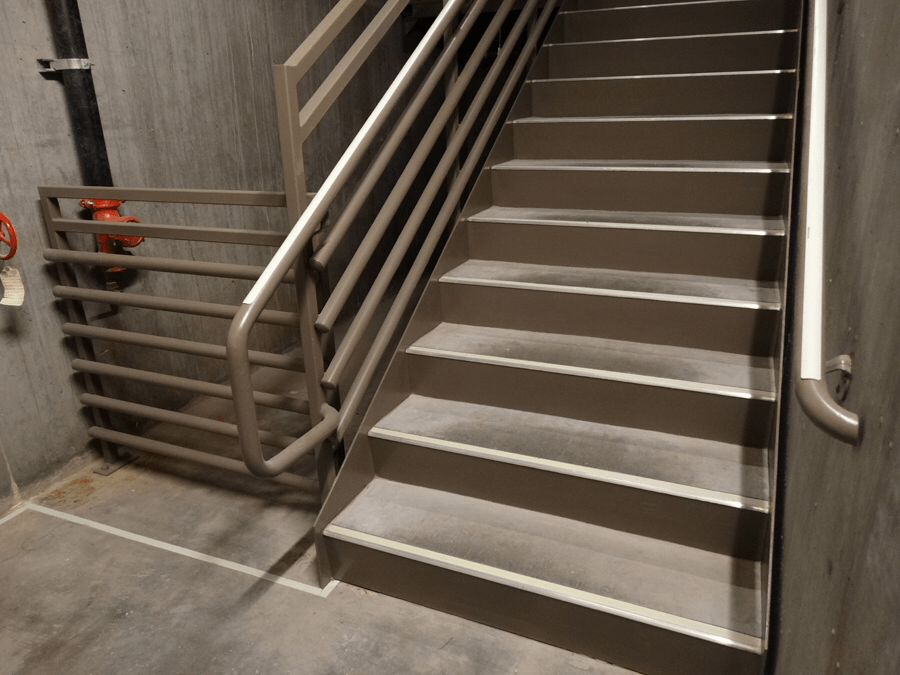
36"
1926.1052(c)(3)(i) Prior to 1991, the standard was 30-34" but due to the population growing taller, the standard has changed. Handrail vs. stairrail: a handrail is located on the wall side of the stairway while the stairrail is on the unprotected/open side of the stairway.
Handrails and top rails of a stairrail system shall be capable of withstanding ____lbs of force (applied w/in 2" of the top edge, in any downward or outward direction, anywhere along the length of the top)
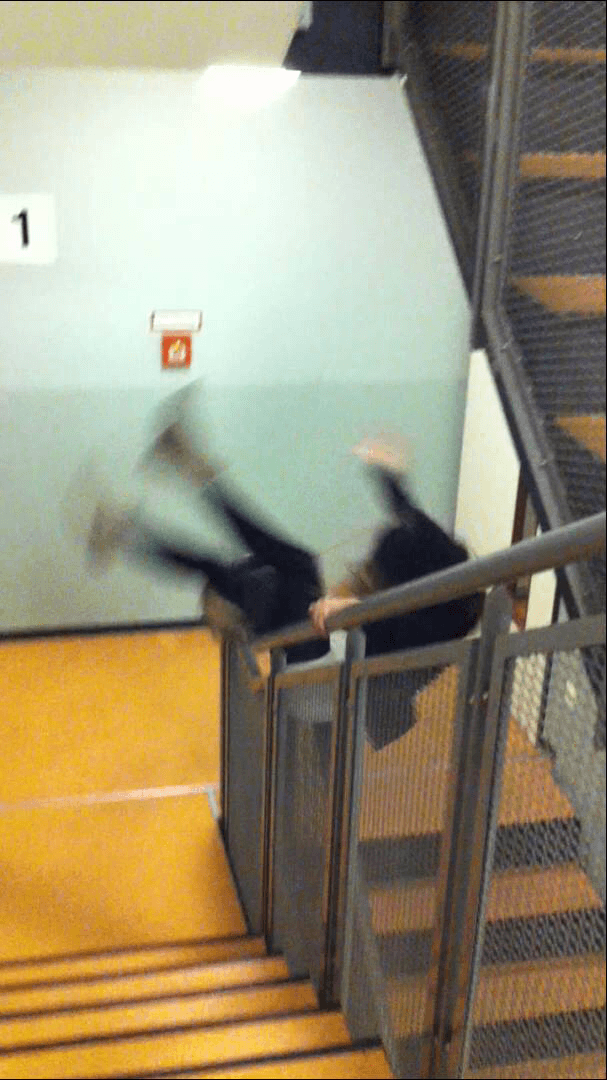
200lbs
1926.1052(c)(5)
When needing a taller ladder, you should never _____ - get the proper sized ladder!
(DAILY DOUBLE)
Tie two together to form a taller ladder. 1926.1053(a)(7)
(400 points!)
The ladder needs to be ___ at the top landing or have a grab rail provided.
(DAILY DOUBLE)
secured/tied off 1926.1053(b)(1) It should also be secured at the bottom when it is in a high traffic area - protects it from accidental bumps/movement.
Where doors or gates will open directly onto a stairway, the platform going from the door to the stairway should provide ___" of standing area, past where the door is opened.
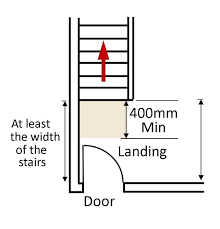
20"
1926.1052(a)(4)
One point of access should always be kept clear when using an extension ladder - if it's blocked, then a _____ must be provided.
(DAILY DOUBLE)
second point of access 1926.1051(a)(3)
(600 points)
Defects can be hidden if a ladder is _____ or covered in an opaque finish, like lacquer.
coated/painted 1926.1053(a)(12)
Always want to check for defects that may cause cuts/punctures or may snag clothes. Want to watch for cracks and corrosion.
During construction, anytime there is a break in elevation more than ___", a stairway, ladder or ramp must be available.
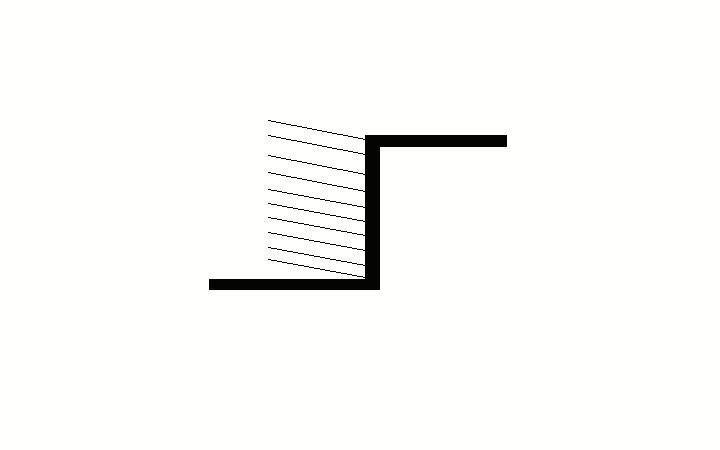
19"
1926.1051(a)
For every 4' of height, the base of the ladder should be brought out ___' to ensure a proper
resting angle.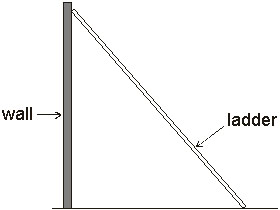
1' 1926.1053(b)(5)(i) To check for proper angle, stand at the base of the ladder and stretch your arms out straight until you reach the rungs. If you have to lean over or lean backward to comfortably grab the rung, it is at the wrong angle.
Employer shall ensure that each employee has been trained to recognize hazards by a _____ ______ in fall protection systems, fall hazards, stairways, and ladders
Competent Person
1926.1060(a)(1)(i-iii)